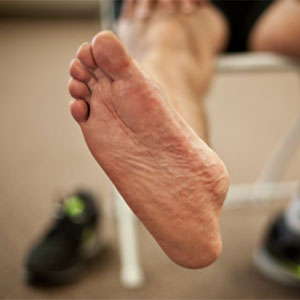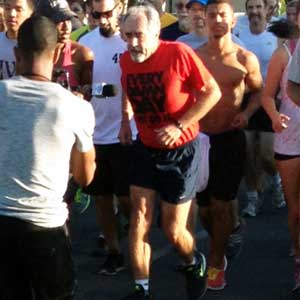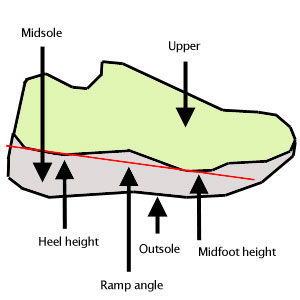New run technologies

"I've had this great friend for 45 years. And we have to go our separate ways. I've got to move on in a little different direction. Doesn't mean we'll never meet again. I'll get to visit this great friend of mine. But it's time to move on."
In running, I am a longitunal study of 1 as well as a more than casual observer. I began running competitively at the age of 13 and am now at the age of 57. I have tried the various experiments, and, my ability to strengthen my feet muscles to cure my overpronation have been about as successful as my ability to strengthen my eye muscles to cure my failing eyesight. Accordingly, my view of foot health mirrors my view of eye health: eat good foods, eschew bad habits, and employ corrective appliances when appropriate. This means reading glasses for my eyes and orthotics for my feet.
I mention my tenure as a runner not to pull rank or establish bona fides, rather to say that I have seen and experienced what works and doesn't work, both for me and for those who, like me, have either still successfully run after lo these many years or, sadly, cannot run, maybe because of the lack of attention paid to the sorts of things that have kept me running. In my case, I am a moderately heavier runner and my fighting weight has fluctuated between the low and high 160s since my teenage years. As noted, I am an overpronater. That means my ankles cave in on the inside (medial side). There are two ways to deal with this. Way one: that's just life. Way two: construct a system that keeps the foot from caving in on the medial side with every footplant.
Some folks say there's a third way: Strengthen your muscles in your feet. To that I say, no. Not possible. Can't be done. And, it does not need to be done for those who are gifted with a footfall that does not result in overpronation. These runners can run in a so-called "neutral" shoe and by that we mean a shoe that does not require any structural devices that keep the foot from overpronating.
Thankfully, "miminalist" running is just about dead. It is going, going gone as a theory that any serious running institution considers. However, what is not dead or gone is the problem of runners who do overpronate and who do need structural help.
Let's talk about this from a longitudinal perspective. Mark Covert is a legend in running, and I wrote about him a few months ago. If you watch the video above you'll see what Covert calls "total midfoot collapse." When he began running, not long before I began running, there was nothing like the kind of running shoes and foot stabilizing appliances that are available to us now. Mark Covert – and I, and all of use who ran in the 1960s and 70s – ran in what was available to us. The result, after 50 or so years (45 of which was daily, without a break) is what you see in this video. During that period of time, Mark Covert's daily average was 9 miles. You could say that his experiment in unstructured shoes was a success based on his longevity, but I suspect his feet would have fared better had he available to him then what we have available to us now.
In successive installments of this series I'm going to write about what I think are new shoe construction techniques and theories that can take us to a new place in foot and general anatomic (from the hips down) health. That quote above, atop this article, is from Mark Covert and you know that if you've watched the video. His great friend is running. I have seen too many people "move on" from this great common friend with which we're acquainted. Better were that not the case.
The video above was produced by photographer Mary Beth Koeth.



